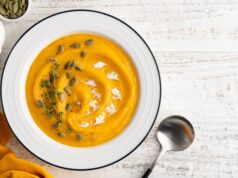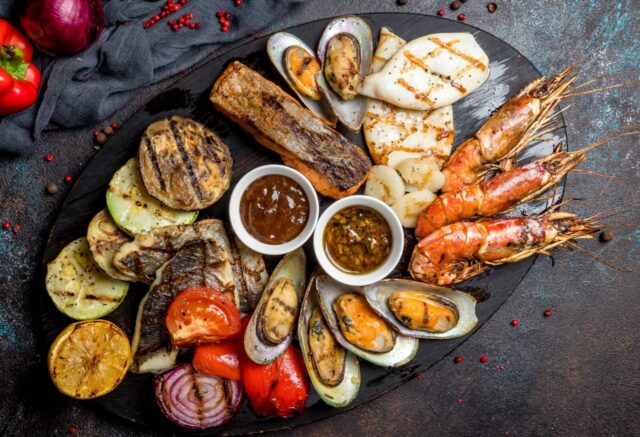
Seafood is an essential part of a healthy diet. It has many health benefits, but the truth is that few people know how to include it in their meals in innovative ways. TIn general terms, seafood is packed with essential vitamins and minerals that are beneficial for your body. It is also a great source of healthy fats and protein. Not only that, but it can also help reduce your risk of several diseases, including heart disease, stroke, and certain types of cancer. These alone should be enough reasons to start including it in your diet, right?
We know that it can be daunting to start incorporating seafood into your diet, but we are here to help. If you don’t know how or why to do so, keep reading. We will provide you with all the information you need to make seafood a part of your healthy diet.
In this article, we will provide you with some helpful tips on how to incorporate it into your daily meals. We will also discuss the different types of seafood that are available and how to choose the best quality.
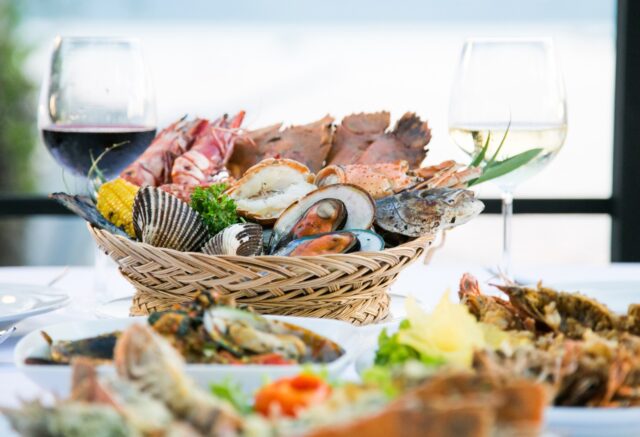
What is seafood?
Seafood is, naturally, the type of food that comes from aquatic animals or plants. It is considered a highly nutritious food, rich in proteins, omega-3 fatty acids, vitamins and minerals. In addition, seafood is also considered a low-calorie food, which helps to control body weight. There are three main groups:
- Fish: salmon, mackerel, cod, tuna and sardines.
- Crustaceans: shrimp, lobster, crab and crayfish.
- Mollusks: mussels, oysters, clams and squid.
Moreover, seafood also includes edible algae, such as seaweed, which is easy to cook and is a great source of essential nutrients. So, when it comes to this kind of food, you have plenty of options to choose from.
Benefits of eating seafood
Seafood is a food source that provides numerous benefits to humans. Eating seafood has been linked to a reduced risk of many chronic diseases and improved mental health. In this sense, seafood is thought to help reduce stress and depression. Studies have found that people who eat a diet rich in seafood have lower levels of depression and anxiety. This is due to the omega-3 fatty acids found in seafood, which help regulate mood and promote overall well-being.
When it comes to physical health, seafood is loaded with essential nutrients such as iron, zinc, and selenium. These minerals are essential for proper organ and immune system function. Additionally, seafood is a great source of vitamins A, B-12, and D, which are important for healthy skin, bones, and teeth.
In short, seafood is an excellent addition to any diet and provides a variety of health benefits, so why not include it in your diet for optimal health?
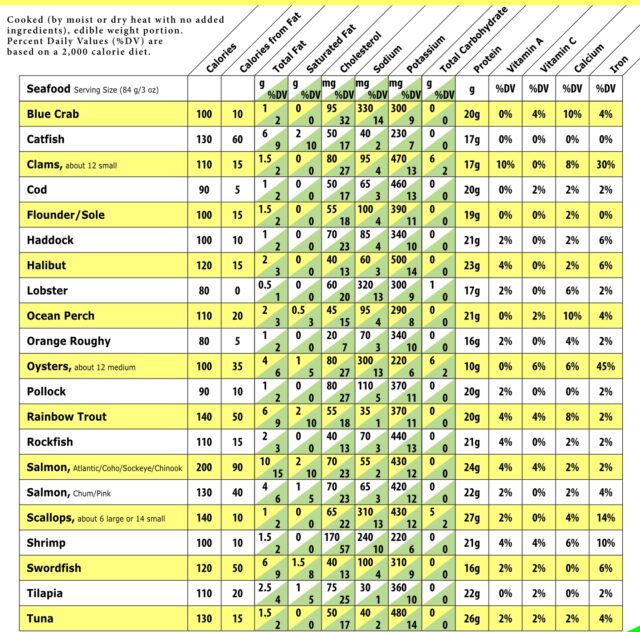
Seafood and nutrition
When choosing a diet, it is important that you think of the variety of options you have to make sure you receive all the necessary nutrients. Taking this into account, including seafood in your diet can have numerous benefits as every type of fish has different vitamins and minerals you can absorb from them. In general terms, some of the nutritional benefits seafood has are the following:
- It is rich in omega-3 fatty acids, which are essential for a healthy heart and to reduce inflammation.
- It provides essential nutrients such as vitamins B-12, iron, zinc, and magnesium.
- It is low in saturated fat, calories, and sodium.
- It is a lean, low-calorie source of protein.
- It is a good source of iron, which is important for healthy blood cells.
By including seafood in your diet, you can get the essential nutrients your body needs, while also helping to protect against chronic diseases such as heart disease, stroke, and cancer. Eating seafood is also an easy way to increase the variety of healthy foods in your diet.
Types of seafood
It can be divided into two major categories: saltwater and freshwater seafood.
- Saltwater seafood: includes fish, crustaceans and mollusks. Fish are the most popular, and range from small anchovies to large tuna and salmon. Crustaceans include shrimp, crab, and lobster, while mollusks include clams, oysters, and mussels.
- Freshwater seafood: includes fish, such as bass, trout, and catfish, as well as crayfish, mussels, and snails.
Seafood can be cooked in a variety of ways, from grilling, to baking, to frying. It is important to choose seafood that has been sustainably sourced, in order to protect our oceans and rivers.
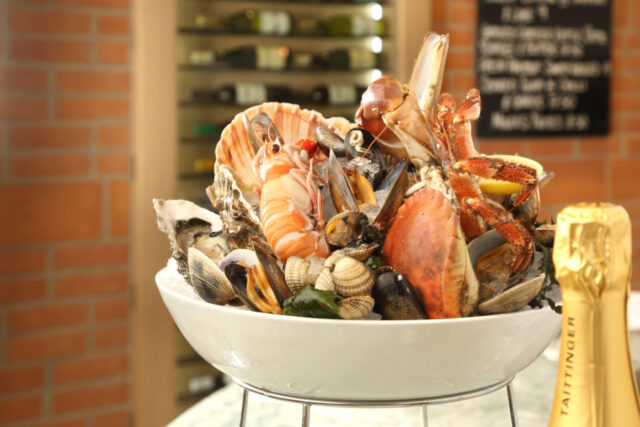
Preparation and storage of seafood
To ensure maximum freshness and flavor, proper preparation and storage of seafood is essential.
- Preparation: Before cooking, it is important to thaw frozen seafood properly in the refrigerator. Seafood should be washed and rinsed, and any scales or bones should be removed.
- Storage: Fresh seafood should be stored in an airtight container in the refrigerator or freezer. Leftover cooked seafood should also be stored in an airtight container in the refrigerator. If not eaten within two days, it should be discarded.
Seafood recipe
One of the most common seafood dishes is baked salmon with fresh herbs. This dish is really easy to make as you will only need to marinate the salmon in some melted butter seasoned with salt, pepper and thyme. Take the filets to an ovenproof dish and cover it with some foil paper, this will make the salmon tender. Take that to the oven and bake the filets for ten minutes.
As an accompanying dish, you can make a mix of your favorite herbs and vegetables. When serving it, make sure to squeeze some lemon juice all over to heighten its flavor.
If you want to try an extra recipe with this kind of seafood, visit this link: https://successrice.com/recipes/easy-shrimp-fried-rice/.
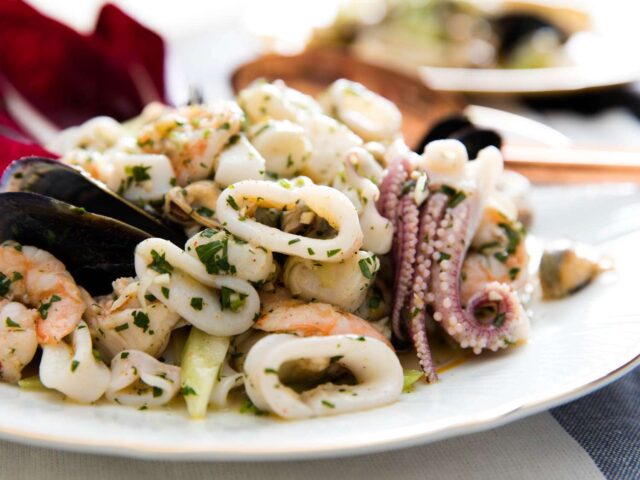
Just like any other food group, including seafood in your diet is quite easy if you come to consider all the options you have. Don’t be afraid to give all the options a try and see which ones are more suitable for you, your taste, your budget and your cooking style.





